Lewis and Clark National Wildlife Refuge
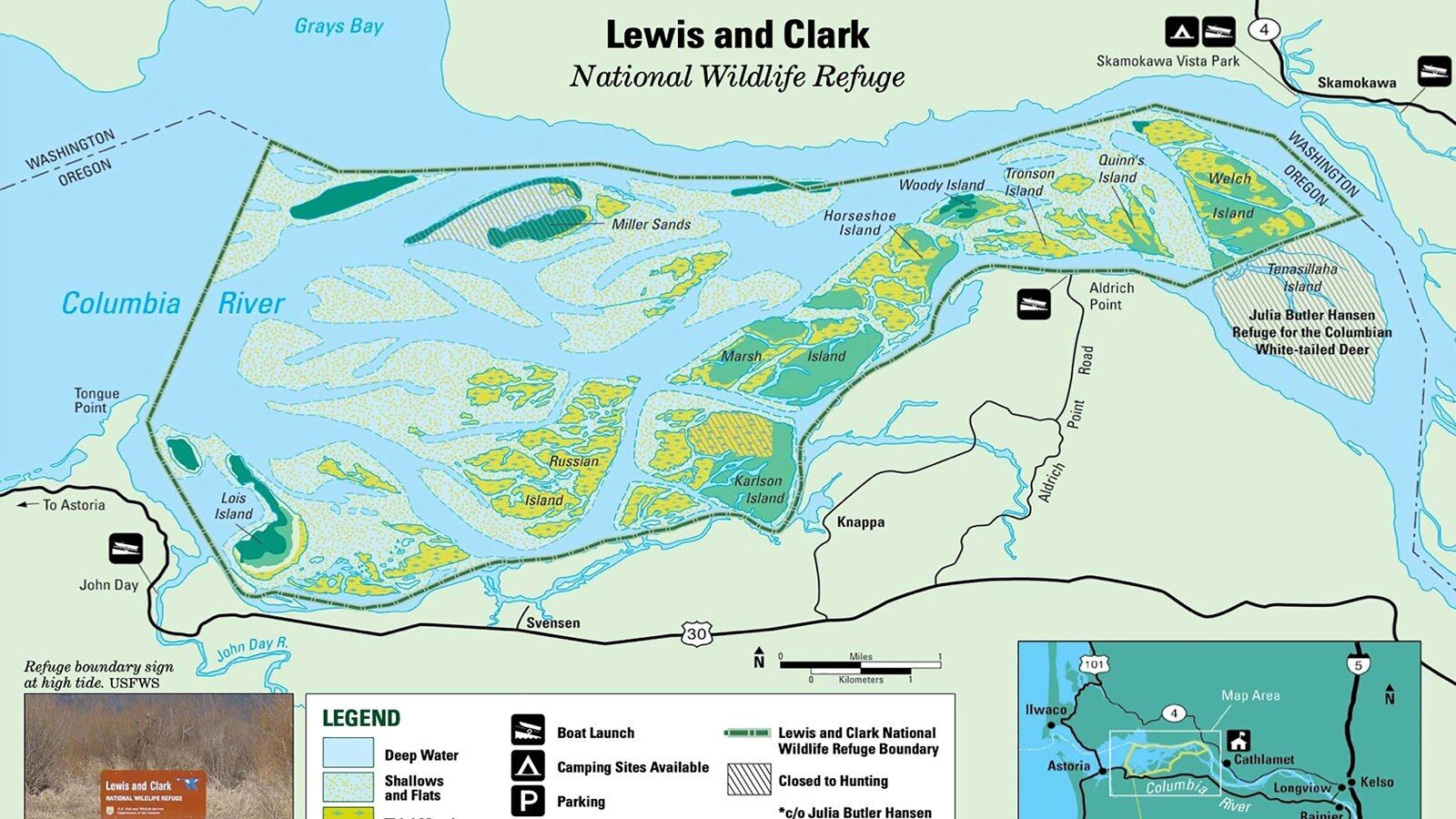

Near the mouth of the Columbia River, the Lewis and Clark National Wildlife Refuge is a quiet, undisturbed natural area that appears much the same as when the Corps of Discovery traveled along the river in the fall of 1805 and spring of 1806.
Managed by the U.S. Fish & Wildlife Service, the refuge encompasses 35,000 acres of mostly tidelands and open water, and 8,313 acres of islands and sand bars. The calm waters of the refuge make it an ideal playground for kayakers as they move from island to island, avoiding the strong current of the Columbia, while coming face-to-face with nature of all types.
The sanctuary is the winter home and resting area for a variety of migrating birds – including tundra swans, geese, and ducks. Bald eagles are present year-round in 30 to 35 active nest sites.
Estuarine waters provide vital food resources for juvenile salmon as they pause to become acclimated to saltwater before entering the Pacific Ocean.
Other fish species using the estuary include American shad, smelt, perch, starry flounder, bass, catfish, and Pacific lamprey. Harbor seals use sandbars and mudflats as resting sites at low tides, while seals and California sea lions fish in the estuary. Beaver, raccoon, weasel, mink, muskrat, river otter, white-tailed deer also live on the islands.
The Lewis and Clark NWR was established in 1972 to preserve the vital fish and wildlife habitat along approximately 27 miles of the Columbia.
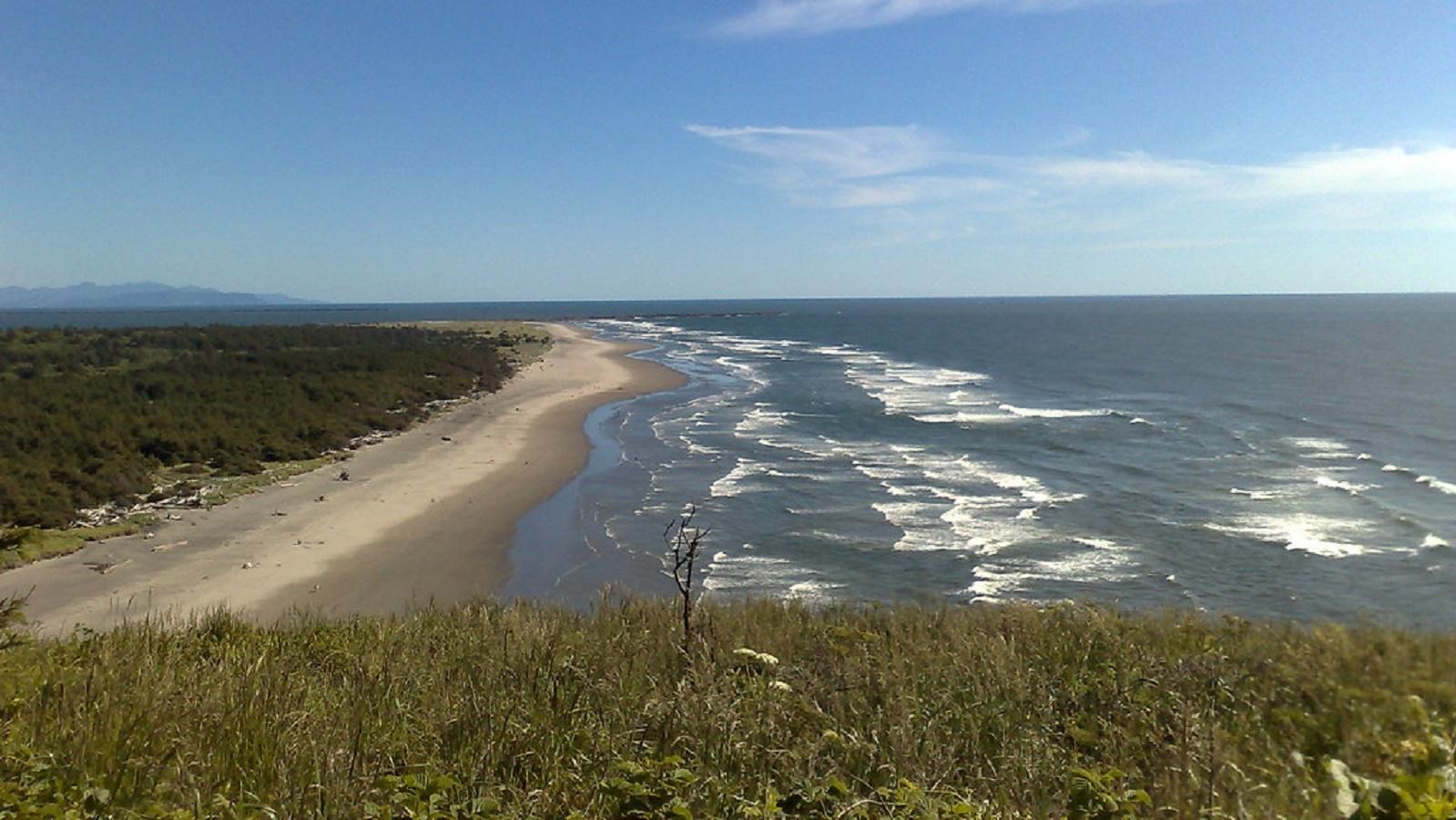
1023 Altoona-Pillar Rock Rd, Rosburg, WA 98643, USA
Distance: 5.45 mi (straight line)
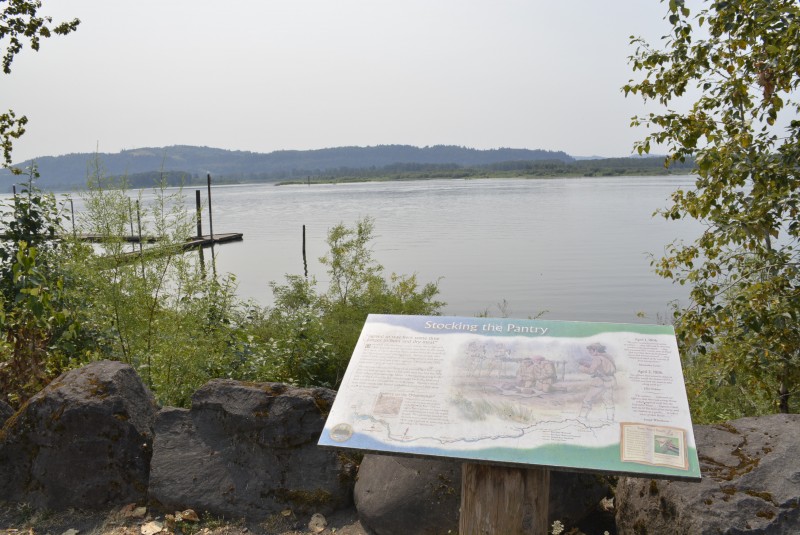
Lewis and Clark Historic Marker, Altoona-Pillar Rock Rd, Rosburg, WA, USA
Distance: 5.46 mi (straight line)
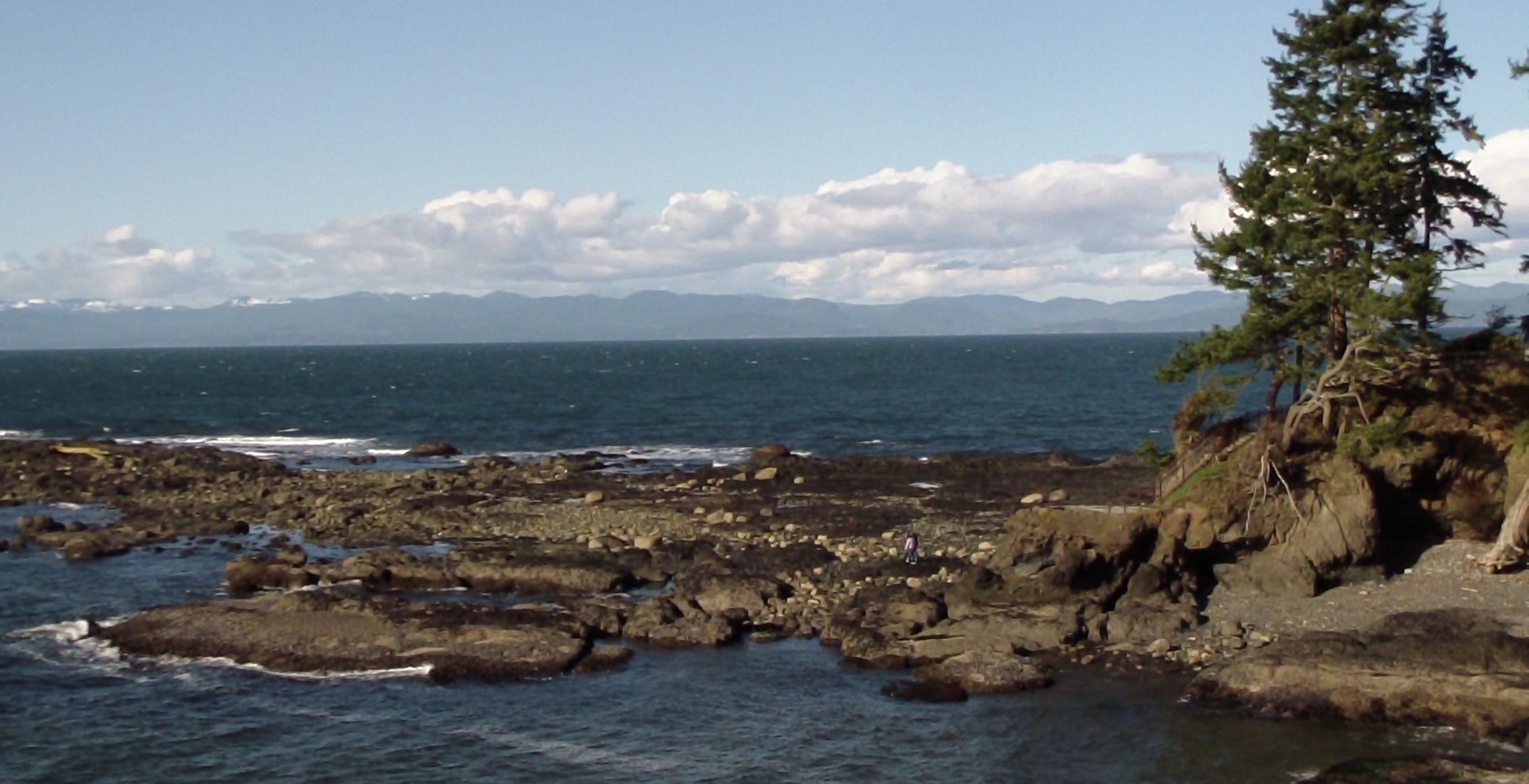

Coffee Girl, 39th Street, Astoria, OR, USA
Distance: 8.86 mi (straight line)
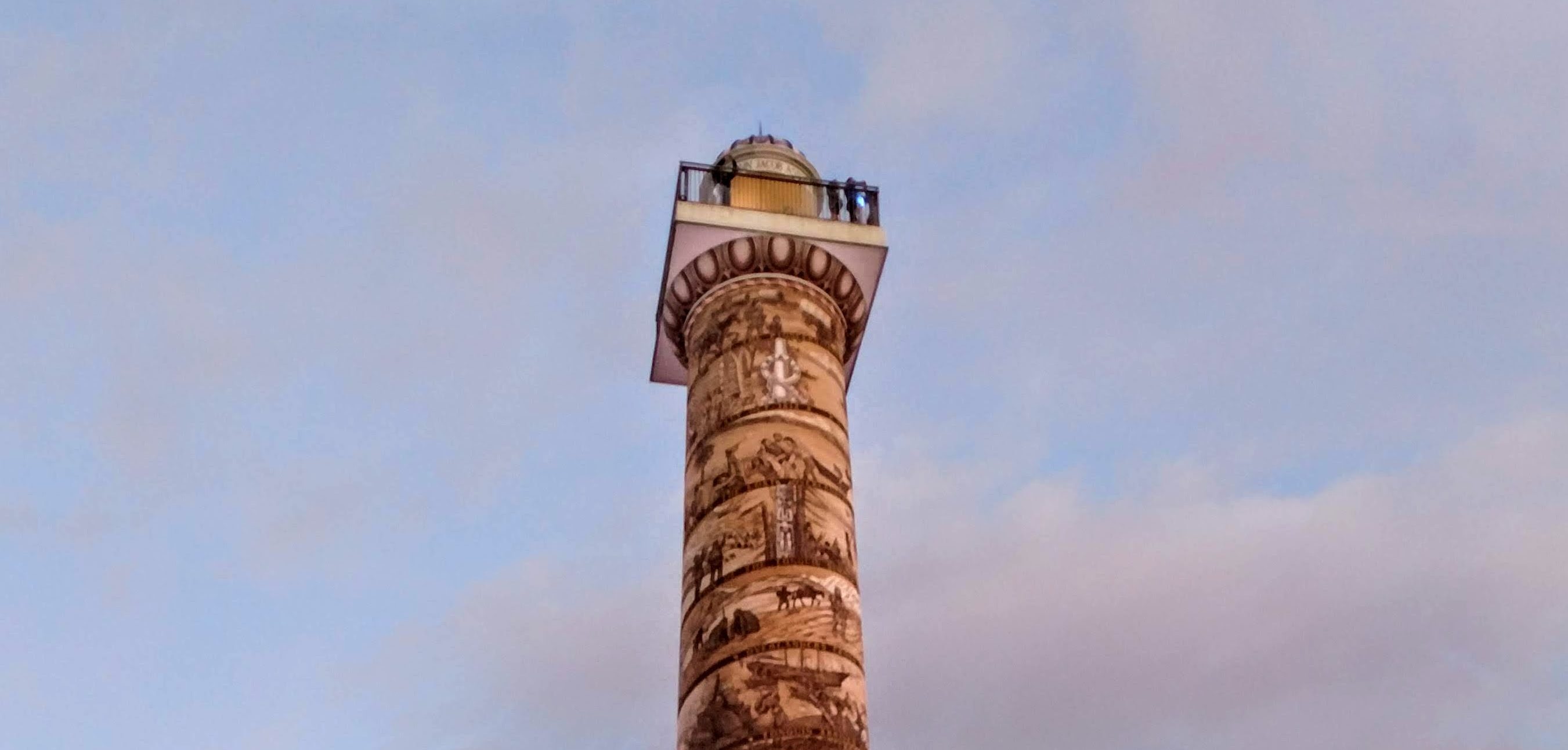
Astoria Column, Coxcomb Drive, Astoria, OR, USA
Distance: 10.01 mi (straight line)

Columbia River Maritime Museum, Marine Drive, Astoria, OR, USA
Distance: 10.17 mi (straight line)
Museums and Interpretive Centers
View Listing
Heritage Museum, Exchange Street, Astoria, OR, USA
Distance: 10.27 mi (straight line)
Museums and Interpretive Centers
View Listing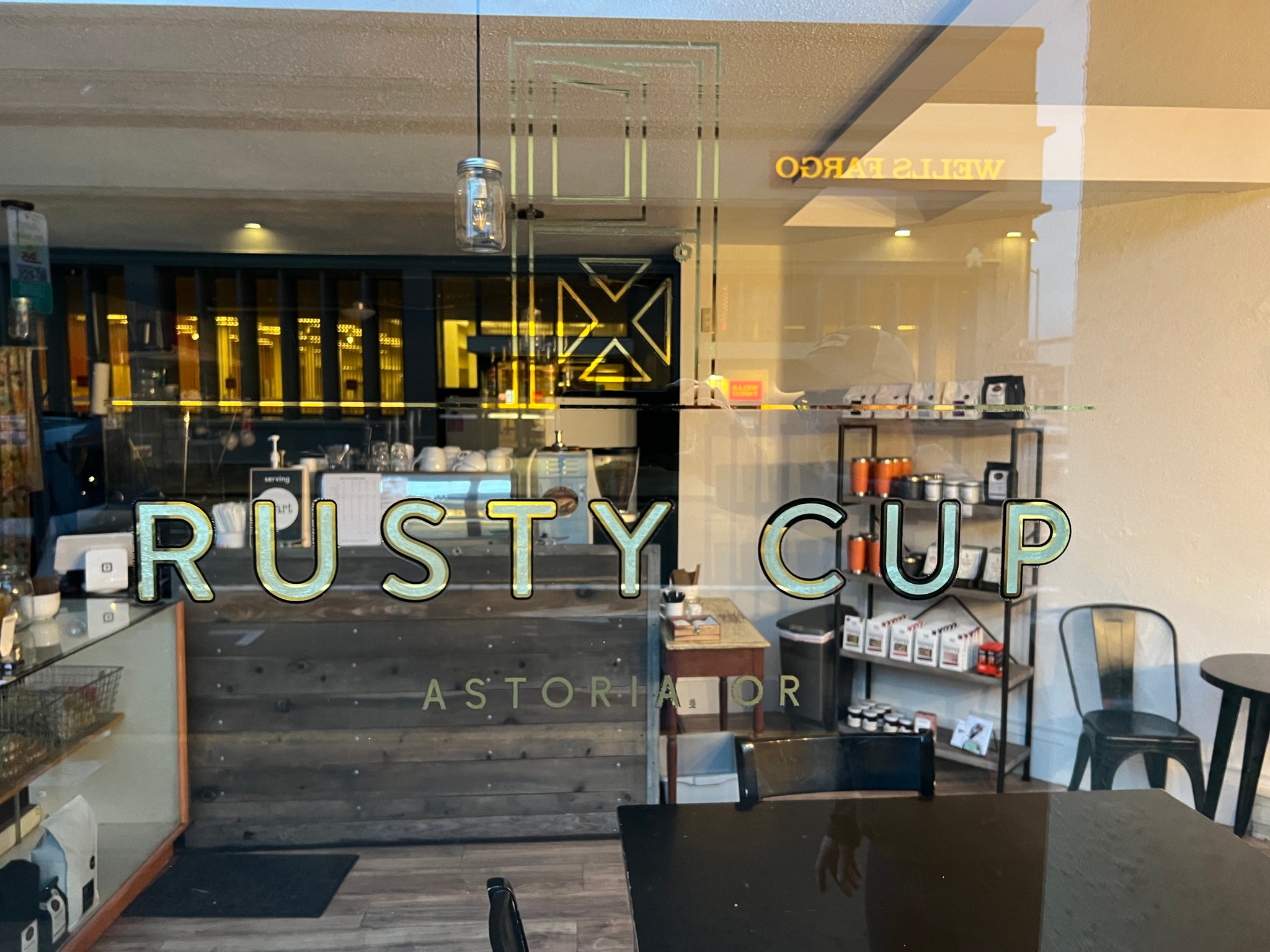
Rusty Cup, Commercial Street, Astoria, OR, USA
Distance: 10.48 mi (straight line)
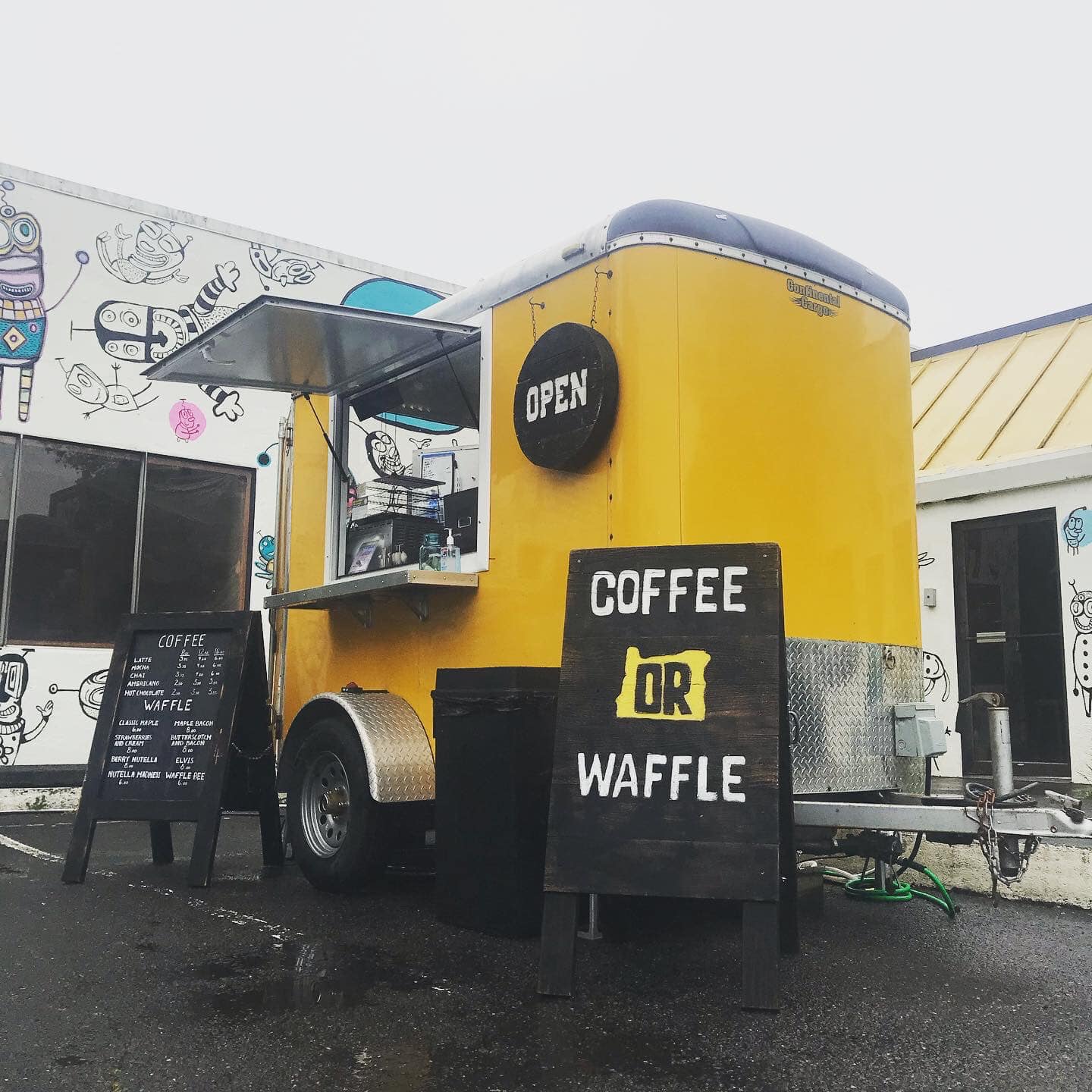
Coffee OR Waffle, 11th Street, Astoria, OR, USA
Distance: 10.58 mi (straight line)

Lucy's Books, Commercial Street, Astoria, OR, USA
Distance: 10.63 mi (straight line)

Drina Daisy Bosnian Restaurant, Commercial Street, Astoria, OR, USA
Distance: 10.65 mi (straight line)
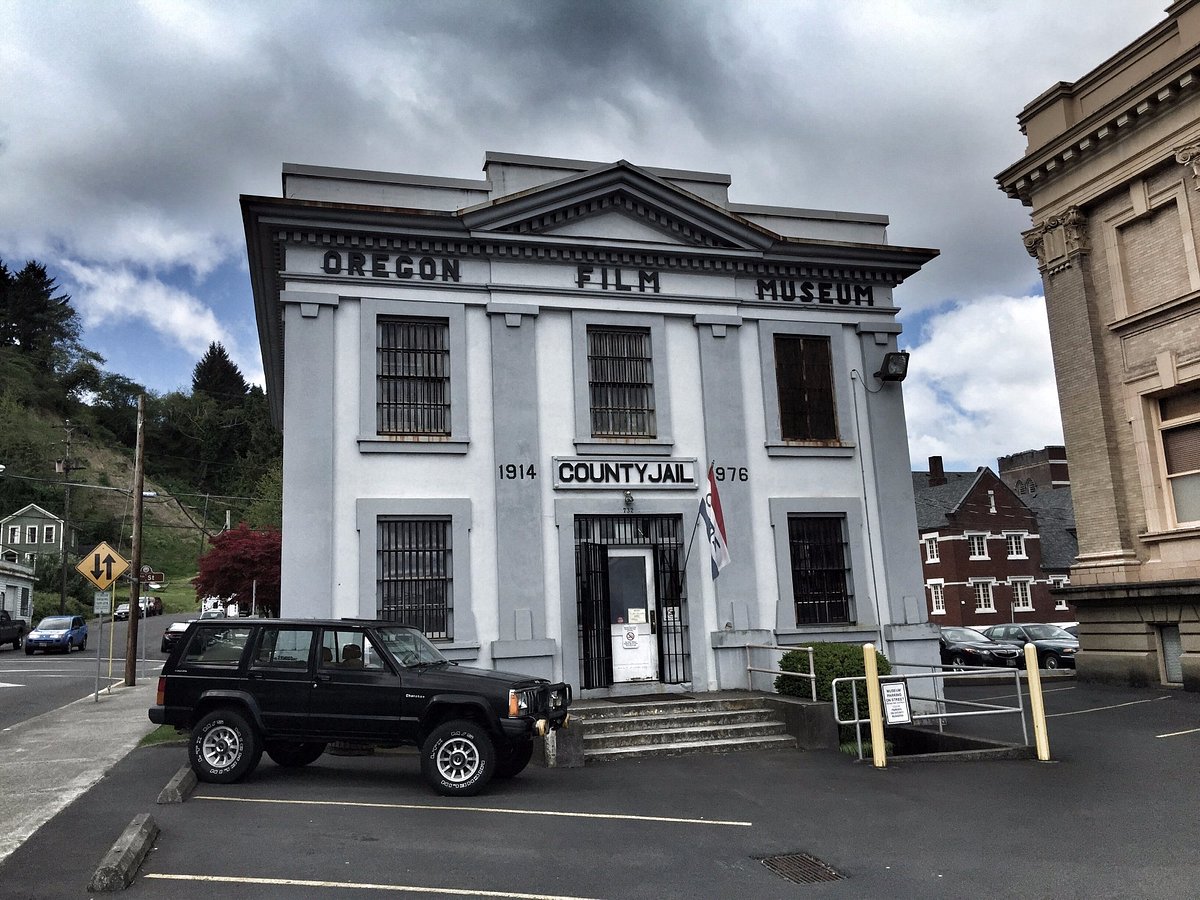
Oregon Film Museum, Duane Street, Astoria, OR, USA
Distance: 10.74 mi (straight line)
Museums and Interpretive Centers
View Listing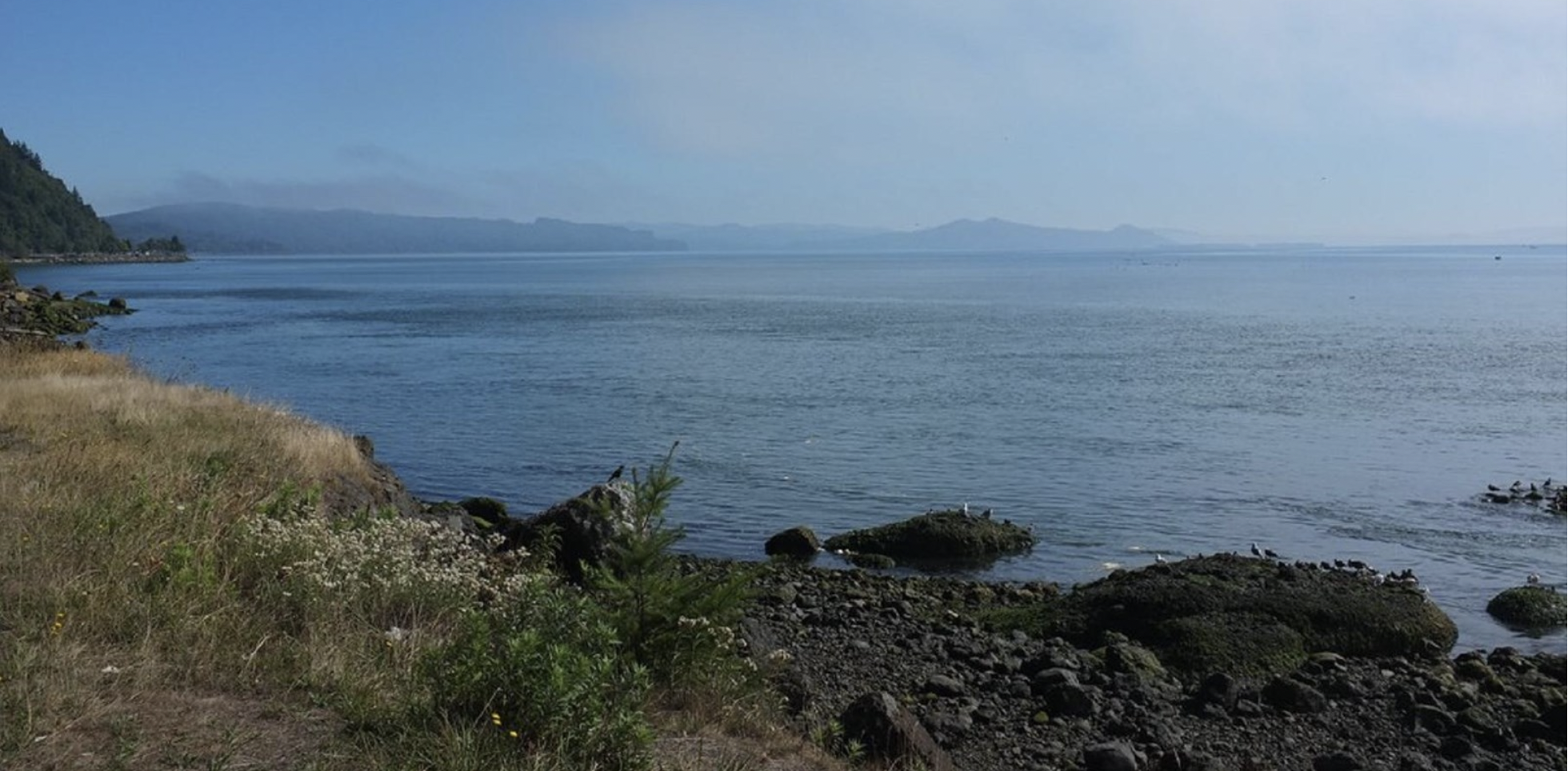
548 WA-401, Naselle, WA 98638, USA
Distance: 10.75 mi (straight line)
Museums and Interpretive Centers
View Listing
Flavel House Museum, Exchange Street, Astoria, OR, USA
Distance: 10.76 mi (straight line)
Museums and Interpretive Centers
View Listing
Peter Pan Market & Deli, Niagara Avenue, Astoria, OR, USA
Distance: 10.85 mi (straight line)
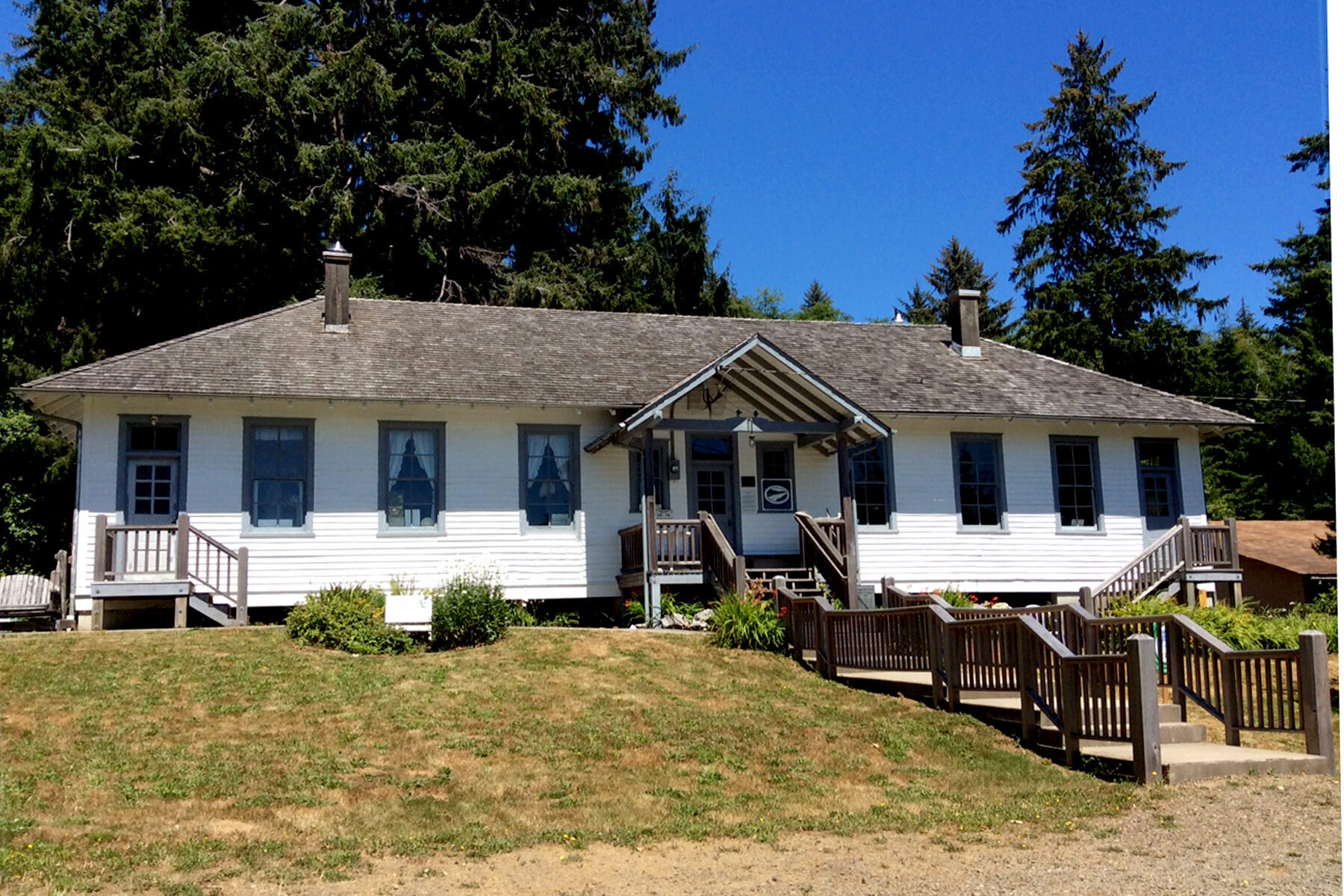
U.S. Columbia River Quarantine Station, Washington 401, Naselle, WA, USA
Distance: 10.98 mi (straight line)
Guided Tours Museums and Interpretive Centers
View Listing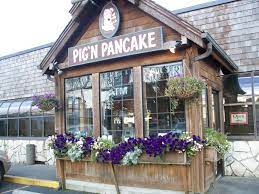
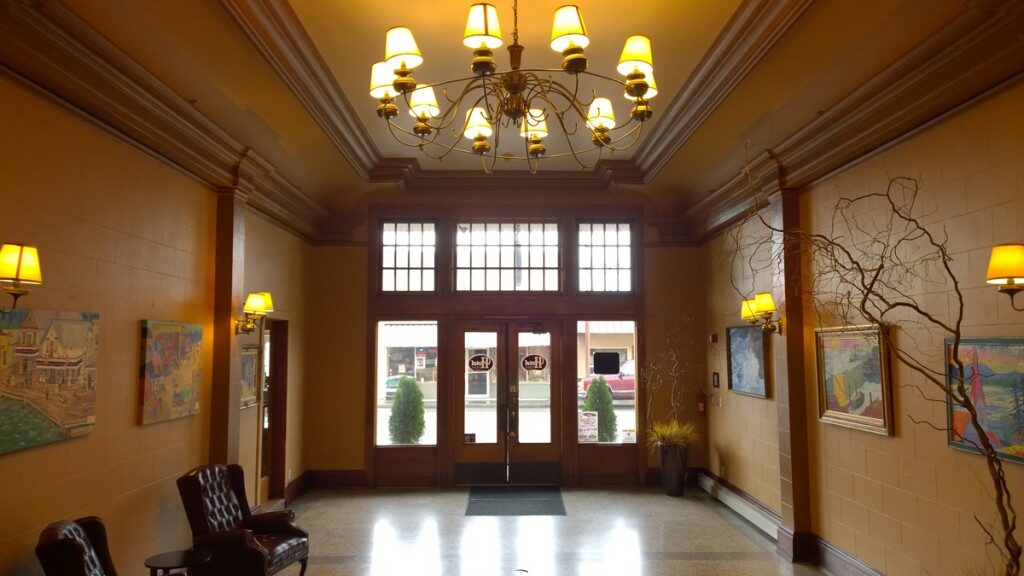
Hotel Cathlamet, Main Street, Cathlamet, WA, USA
Distance: 11.04 mi (straight line)
Our bi-weekly newsletter provides news, history, and information for those interested in traveling along along the Lewis & Clark Trail.